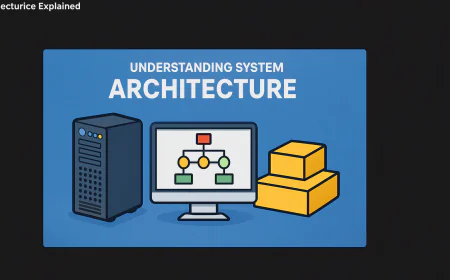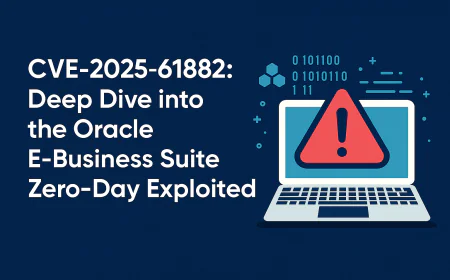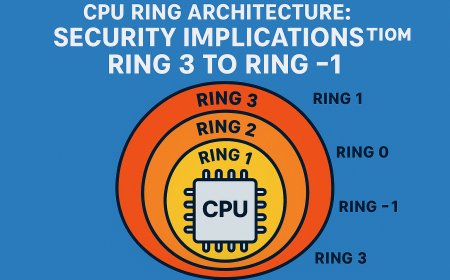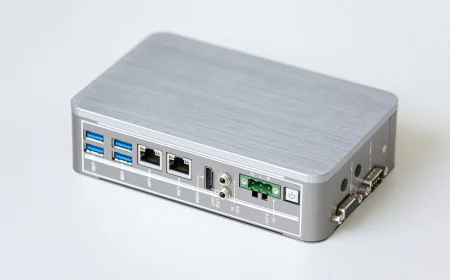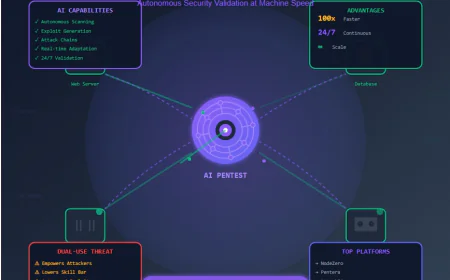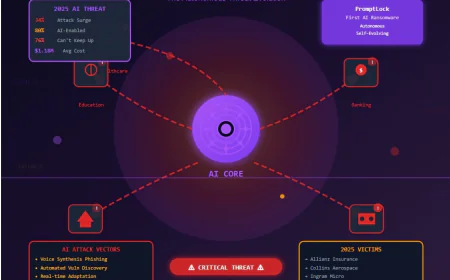Payment Card Industry Data Security Standard (PCI-DSS)
PCI DSS compliance is aimed at protecting cardholder information and contains 12 industry requirements and 250+ security controls.

PCI-DSS ( Payment Card Industry Data Security Standard ) is a set of security standards created by major payments brands to protect card holder data from theft and frauds.It applies to all the businesses that store, process , or transmit credit and debit card information . It is administered by the PCI-SSC (Payment Card Industry Security Standards Counsil).
12 Requirements of PCI-DSS
PCI DSS outlines 12 requirements, grouped into six control objectives, to protect cardholder data.
Build and maintain a secure network
- Use Network security controls like firewall.
- Avoid vendor-supplied defaults for passwords and security parameters.
Protect Card holder Data
- Protect stored cardholder data, for example, by encrypting or masking the Primary Account Number (PAN).
- Encrypt cardholder data during transmission over public networks.
Maintain a vulnerability management program
- Protect systems and networks against malicious software and keep antivirus updated.
- Develop and maintain secure systems and software through patches and secure coding.
Implement strong access control measures
- Restrict access to cardholders data based on a business.
- Identify and authenticate users , accessing system components.
- Restrict physical access to card holder data.
Regularly monitor and test networks
- Log and monitor access to network resources and cardholder data.
- Regularly test security systems and processes, including penetration tests and vulnerability scans.
Maintain an information security policy
- Establish and maintain an information security policy for all personnel.
4 Merchant Levels for PCI-DSS Compliance
- Level 1 : Over 6 million trasactions.
- Level 2 : 1 million to 6 million trasactions.
- Level 3 : 20,000 to 1 million trasactions.
- Level 4 : Less than 20,000 trasactions.
Types of PCI Compliance groups
PCI-SSC : Formed by major credit cards brands (Visa , Master card , American Express , Discover , JCB) the council is responsible for establishing and maintaining standards for protection of card holder data.
Merchants : Businesses or organizations that collect, store or process cardholder data and are responsible for PCI DSS adherence are merchants.
Service Providers : Organizations that handle cardholder data on behalf of merchants are service providers.
Card issuers and Merchant banks : Card issuers/ card brands issue payment cards to customers while merchant banks are financial institutions that facilitate payment acceptance on behalf of merchants.
QSAs : Qualified security assessors are certified PCI compliance assessors who conduct assessments for merchants or service providers.
ASVs : Approved scanning vendors are organisations qualified by PCI SSC for conducting vulnerability scans for merchants or service providers.
Components of PCI-DSS
Handling card data securely : Ensuring sensitive card details are collected and transmitted in a secure manner using secure transmission methods.
Secure storage of card Data (minimum standard) : Adhering to the 12 security domains of PCI DSS for securely storing cardholder data.
Annual validation of security controls : Validation includes self-assessment questionnaires (SAQs), external vulnerability scanning, and third-party audits.
Maintaining PCI Compliance : Continuously maintaining compliance with PCI DSS standards by implementing and adhering to security policies, procedures, and controls outlined by the PCI Security Standards Council.
PCI-DSS 4.0 April 2024 Updates
Requirement 3 : Clarifications for issuers and those supporting issuing services, with added flexibility for organizations using specific cryptographic methods to secure PANs.
Requirement 6 : Returned to v3.2.1 language focusing on patching critical vulnerabilities; clarified managing payment page scripts.
Requirement 8 : Noted exceptions for non-admin access into cardholder data environment (CDE), allowing phishing-resistant authentication for user accounts.
Requirement 12 : Updated notes on costomer -TPSP relationship for clarity.
How to Achieve Compliance
Step 1 : Assess
- Determine your PCI level.
- Scope your cardholder data environment (CDE).
- Conduct a gap analysis
Step 2 : Remediate
- Based on your gap analysis, implement the necessary security measures to meet all 12 PCI DSS requirements.
Step 3 : Report
- Complete the required documentation like Self-Assessment Questionnaire (SAQ) and Report on Compliance (ROC).
- Conduct quarterly scans.
- Submit your completed documentation, along with an Attestation of Compliance (AOC), to your acquiring bank or payment provider.
